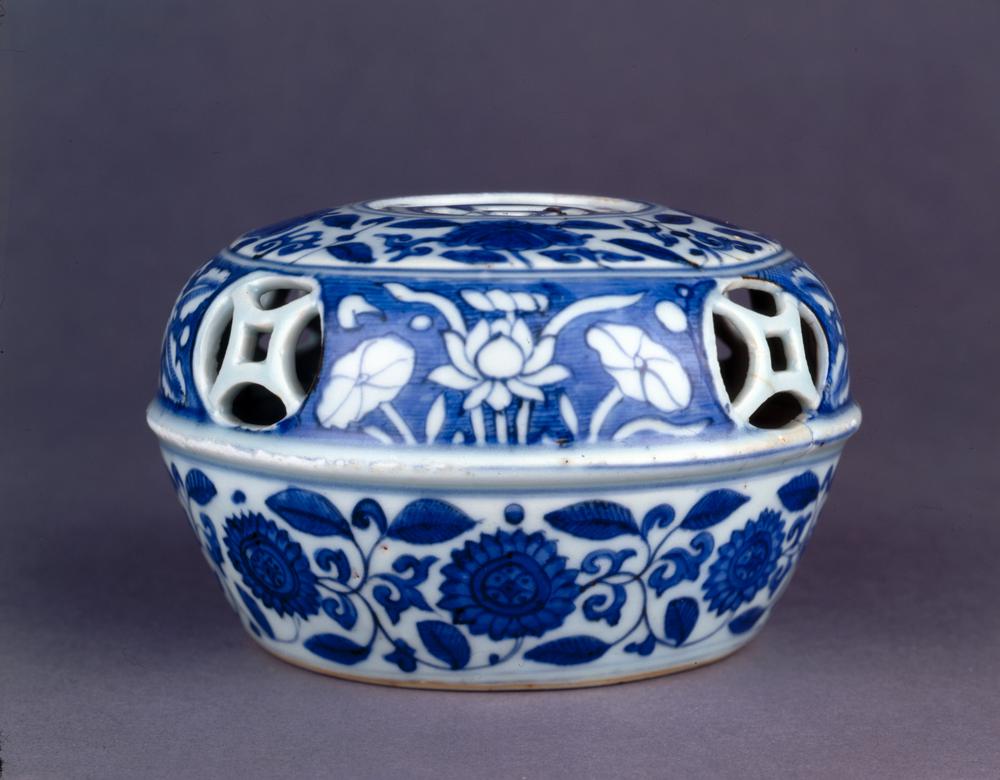Period:Unknown Production date:1951 (ca.)
Materials:silk
Technique:painted
Subjects:landscape
Dimensions:Height: 185.50 centimetres (image) Height: 254.50 centimetres (scroll including roller and hanging cord) Width: 73.20 centimetres (image) Width: 105.50 centimetres (scroll including roller)
Description:
Hanging scroll. Landscape. Ink and colour on silk.
IMG
![图片[1]-hanging scroll; painting BM-1961-1209-0.1-China Archive](https://chinaarchive.net/Unknown/Paintings/mid_01121974_001.jpg)
![图片[2]-hanging scroll; painting BM-1961-1209-0.1-China Archive](https://chinaarchive.net/Unknown/Paintings/mid_00158912_001.jpg)
![图片[3]-hanging scroll; painting BM-1961-1209-0.1-China Archive](https://chinaarchive.net/Unknown/Paintings/mid_00246127_001.jpg)
![图片[4]-hanging scroll; painting BM-1961-1209-0.1-China Archive](https://chinaarchive.net/Unknown/Paintings/mid_00246128_001.jpg)
![图片[5]-hanging scroll; painting BM-1961-1209-0.1-China Archive](https://chinaarchive.net/Unknown/Paintings/mid_00246129_001.jpg)
Comments:Jones 1990Landscape, probably by Zhang Daqian (1899-1983), attributed to JuranThis landscape bears an attribution to the Buddhist priest Juran (fl. AD 960-80), one of the foremost masters of the Southern School of literati painting, as defined by Dong Qichang. The painting exemplifies the composition and style associated with Juran: the massive mountain is constructed of steep, evenly creviced, smooth slopes which are textured with ‘hemp-fibre’ brushstrokes and enlivened by ink dots. It closely resembles a late Ming or early Qing dynasty work in the Shanghai Museum also attributed to Juran (Xu Bangda, fig. 11). Literature: Xu Bangda, ‘Connoisseurship in Chinese painting and calligraphy: some copies and forgeries’, Orientations (March 1988), pp. 54-62. Zhang’s forgery of a landscape by Juran entered the British Museum collection in 1961 through the dealer Jiang Eshi (1913-72). Thought to be a genuine work by Juran, Zhang later confessed to have forged the painting. The imitation is, in fact, based on the scroll, Myriad Ravines, Wind in the Pines (wanhuo songfeng), traditionally attributed to Juran in the collection of the Shanghai Museum. The strong light effects and the floating dots of vegetation on the hilltops in the manner of Shitao (ca. 1642-1707), rather than Juran, indicate that this work is a product of the twentieth century artist Zhang Daqian. Other forgeries after Song masters by Zhang Daqian, mostly acquired through the same dealer, are in the collections of the Museum of Fine Arts in Boston, the Honolulu Academy of Arts in Hawai’i and the Arthur M. Sackler Gallery in Wasington D.C. Ironically, Yan Shengbo (b. ca.1910), the previous owner of this painting, had asked the connoisseur Zhang Daqian for an authentification. Trying to avoid suspicion, Zhang Daqian wrote on a separate sheet.
Materials:silk
Technique:painted
Subjects:landscape
Dimensions:Height: 185.50 centimetres (image) Height: 254.50 centimetres (scroll including roller and hanging cord) Width: 73.20 centimetres (image) Width: 105.50 centimetres (scroll including roller)
Description:
Hanging scroll. Landscape. Ink and colour on silk.
IMG
![图片[1]-hanging scroll; painting BM-1961-1209-0.1-China Archive](https://chinaarchive.net/Unknown/Paintings/mid_01121974_001.jpg)
![图片[2]-hanging scroll; painting BM-1961-1209-0.1-China Archive](https://chinaarchive.net/Unknown/Paintings/mid_00158912_001.jpg)
![图片[3]-hanging scroll; painting BM-1961-1209-0.1-China Archive](https://chinaarchive.net/Unknown/Paintings/mid_00246127_001.jpg)
![图片[4]-hanging scroll; painting BM-1961-1209-0.1-China Archive](https://chinaarchive.net/Unknown/Paintings/mid_00246128_001.jpg)
![图片[5]-hanging scroll; painting BM-1961-1209-0.1-China Archive](https://chinaarchive.net/Unknown/Paintings/mid_00246129_001.jpg)
Comments:Jones 1990Landscape, probably by Zhang Daqian (1899-1983), attributed to JuranThis landscape bears an attribution to the Buddhist priest Juran (fl. AD 960-80), one of the foremost masters of the Southern School of literati painting, as defined by Dong Qichang. The painting exemplifies the composition and style associated with Juran: the massive mountain is constructed of steep, evenly creviced, smooth slopes which are textured with ‘hemp-fibre’ brushstrokes and enlivened by ink dots. It closely resembles a late Ming or early Qing dynasty work in the Shanghai Museum also attributed to Juran (Xu Bangda, fig. 11). Literature: Xu Bangda, ‘Connoisseurship in Chinese painting and calligraphy: some copies and forgeries’, Orientations (March 1988), pp. 54-62. Zhang’s forgery of a landscape by Juran entered the British Museum collection in 1961 through the dealer Jiang Eshi (1913-72). Thought to be a genuine work by Juran, Zhang later confessed to have forged the painting. The imitation is, in fact, based on the scroll, Myriad Ravines, Wind in the Pines (wanhuo songfeng), traditionally attributed to Juran in the collection of the Shanghai Museum. The strong light effects and the floating dots of vegetation on the hilltops in the manner of Shitao (ca. 1642-1707), rather than Juran, indicate that this work is a product of the twentieth century artist Zhang Daqian. Other forgeries after Song masters by Zhang Daqian, mostly acquired through the same dealer, are in the collections of the Museum of Fine Arts in Boston, the Honolulu Academy of Arts in Hawai’i and the Arthur M. Sackler Gallery in Wasington D.C. Ironically, Yan Shengbo (b. ca.1910), the previous owner of this painting, had asked the connoisseur Zhang Daqian for an authentification. Trying to avoid suspicion, Zhang Daqian wrote on a separate sheet.
© Copyright
The copyright of the article belongs to the author, please keep the original link for reprinting.
THE END
![[Qing Dynasty] British female painter—Elizabeth Keith, using woodblock prints to record China from the late Qing Dynasty to the early Republic of China—1915-China Archive](https://chinaarchive.net/wp-content/uploads/2022/11/image-191x300.png)




